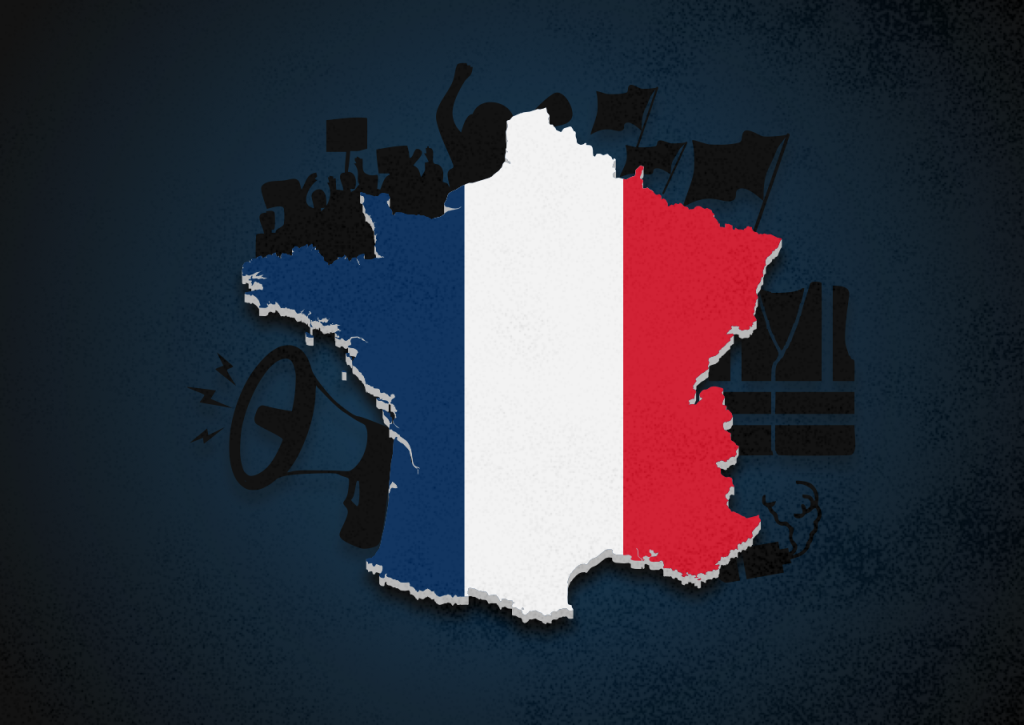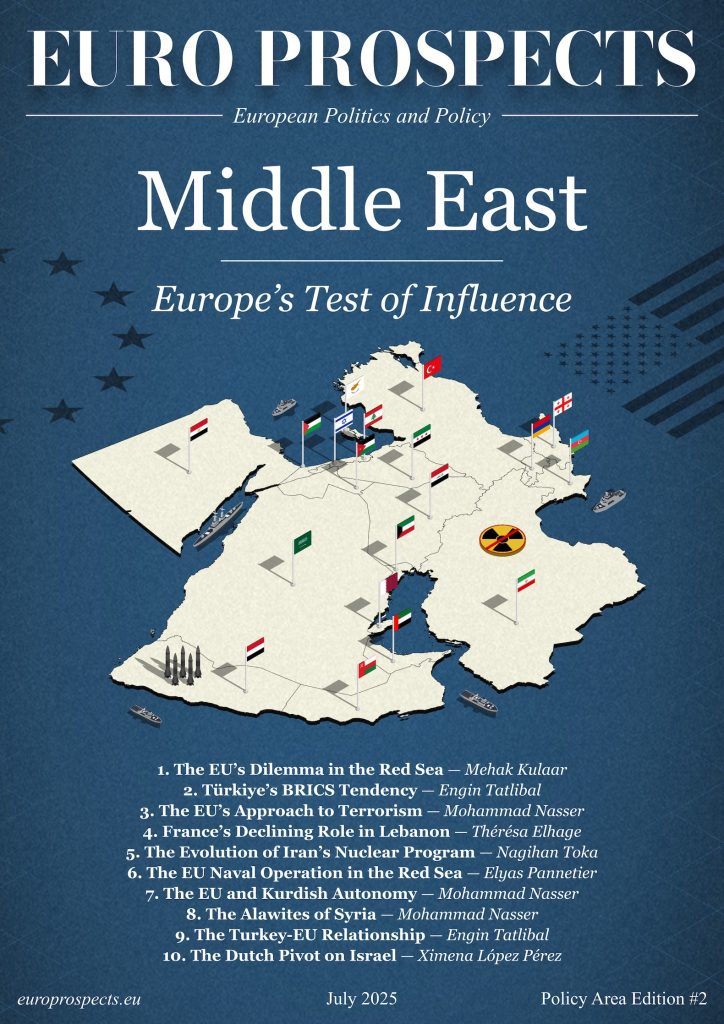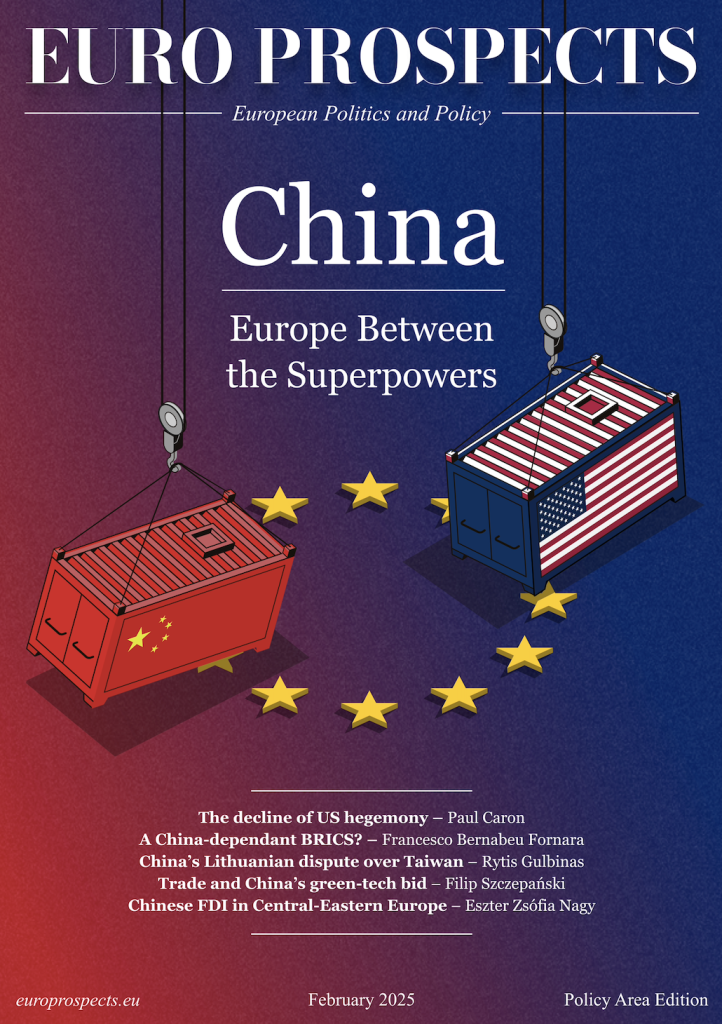8 min read — Analysis | France | Society | Policy
The French Strike Again… and Again: An Overview of French Collectivism

By Payton Tubbs — Social Policy Correspondent
November 5, 2024 | 18:00
“The protest is not only to show the government that you disagree, but to show your fellow citizens – even the smallest ones – that official policies can and should be disagreed with. To provoke a change. To disrupt easy assumptions. You show yourself. You toss in your chips. You walk.” – Lauren Elkin
Introduction:
French collective culture is mystifying as much as it is intriguing. A nation so passionate that when injustice is recognised, the French do not take it lying down. There is an air of hope in such a response, leading one to wonder the extent to which it can be replicated elsewhere. France has a history of accomplishing shared goals through means of public pressure as evidenced beginning as early as the French Revolution and continuing on into modern times. Modern instances include the spring 1968 student uprisings and the more recent Yellow Vest Movement. While not all national collectivism leads to such action, inherent cultural values of solidarity with the fellow man’s rights provide an excellent basis for mobilizing such causes. This prompts reflection: how is this sense of cultural collectivism accomplished and what could be applied to other States to reap such benefits? Is it solely found in French culture or is there a universal principle to be found?
Cultural Background
In France, French identity has arguably become prioritized before most other forms of identification, whether that be social, religious, or political identities. This partially stems from the French creed of “laïcité” and the background it sets for French citizenship. French secularism, coined as “laïcité”, has moved religion to private life, clearing the way for Frenchness to come first in public life. While this could raise concerns about religious freedom, especially for non-Western faiths like Islam with contested burqa bans, secular norms have the benefit of prioritizing collective values over fragmented individual interests.
Another French-coined term, “Fraternity”, highlights the cultural value of collective activism well. “[It] comes from a common inclination of citizens to participate actively in the free political community. As [French sociologist] Laborde puts it, ‘[t]he bond of citizenship would be eroded if society were fragmented into a collection of identity groups seeking recognition rather than work[ing] towards the public interest’.” Laborde’s personal thoughts are representative of a much larger cultural trend of collectivism. The idea that one’s identity is lesser than the greater population it inhabits is extremely captivating to an outsider such as myself, especially having an individualist American culture as my reference point. Still, this French collectivism and the mobilization it allows is far from new, it traces at least as far back as the 1789 Revolution.
History of the French Strike:
Murphy sets some background for what makes the French strike tick. “Since at least the Revolution of 1789, public displays of contestation have punctuated French life, and over time a familiar genre has developed—one centered on the principle of orderly disorder. For example, general strikes are called with the intention of disrupting public life: mass transportation is shut down, schools are closed, mail service is suspended, and so on. But such actions are carried out within a well-defined frame.” This “orderly disorder” draws a contrast from what often ends up labeled as a riot, whether or not the net damage is roughly the same. “The announcement of the intention to strike is made by established unions with clear spokespersons and a well-disciplined membership, and it is generally issued well in advance, allowing those who might be affected by it to plan accordingly. Further, essential services are often maintained, albeit at a reduced rate.”
After the revolutionary spirit set the stage, strikes were formally legalized in 1864, allowing unions to form and take hold of the French passion for collective advocacy. Particularly, from the 1830s to 1960s, the shape of strikes adapted from lower participation and longer length to greater participation and shorter duration. “They grew larger, shorter and more frequent.” What is notable is that while participation rose, the number of disturbances were statistically the same in the 1830s and 1960s. This proved the ability to mobilize groups frequently and organize efficiently, leading to quick action.
Modern Variations:
Moving onto more recent collective actions, the precedent of widespread participation still stands. Looking at the twentieth century, the Spring 1968 student uprisings began as conflicts between students and police in Paris’s Latin Quarter which “…ultimately resulted in ten million workers, mobilized by France’s leading labor unions, picketing across the country. The dominant theme was the need for a complete reorganization of modern society in order to break down hierarchical structures and provide greater opportunities for participation.” The motive for the action reaffirmed collective principles as a cultural value and as the basis for large scale mobilization. But is it possible that the motive to strike could partially be the camaraderie found in the strike itself rather than the overwhelming passion for the issue at heart? Elkin, describing the spring 1968 student uprising, thinks that may be the case. “It’s true anywhere – any social demonstration will be equal parts sincere and self-mythologising.”
Another action taking place in recent decades was in the winter of 1995 when railway workers protesting a “…new government measure that stripped them of the right to early retirement were joined by postal workers, schoolteachers, and many others.” This exemplified the collective principle that is so captivating, when one industry’s social benefits were challenged others stood beside them. Shattering the counterpoint that there is a limitation to issues of personal benefit.
Moving onto the 21st century, the Fall 2005 riots and the Spring 2006 CPE protests are prime examples of French outrage in action and the complexities behind it all. The 2005 “riots” were in immediate response to children’s deaths caused by police pursuit after a neighbor called in with loitering allegations. Outraged youth responded with vandalism that escalated before subsiding three weeks later. The 2006 protests were in response to CPE (Contrat Première Embauche) and “…together these were said to make up a “social movement” (le mouvement anti-CPE, or the “anti-CPE movement”)”. The CPE at the center of these conflicts was an “…easy-hire, easy-fire employment contract, designed to spur employers to take on young people safe in the knowledge that they would not be bound by France’s rigid labor laws”. A quite radical contrast from traditional french employment contracts that ensure job security and was said to only be targeted to outer city “struggling youth”. Peculiarly, the Fall 2005 conflict was labeled as riots while the Spring 2006 carried the label “protests” while both had comparable levels of violence and destruction.
These combined conflicts challenged the assumption of dominant assimilation in outer city multicultural populations when politicians such as Gérard Larcher, then-French Employment Minister, questioned those vulnerable to the reform rather than the labor market itself. So, while France does indeed project a collective culture, it does have its limits. According to Prime Minister at the time, Dominique de Villepin, the opposition was misplaced because the reform was not generally applicable and addressed a problem all should get behind by increasing the employability of “disenfranchised youth living in outer-city housing projects”. Many “…argued that the fall 2005 disturbance had far more to do with social and economic marginalization, spatial segregation, and anti-immigrant racism than any putative cultural difference”.
The Yellow Vest protests in 2018 exemplify how French collectivism translates to concrete political outcomes. What began as a protest against fuel taxes expanded into a broader rejection of economic inequality. With nearly 68% public support, the movement successfully pressured President Macron to make economic concessions, including canceling the fuel tax hike, raising the minimum wage, and scrapping overtime levies—changes that cost between $8.1 and $10.1 billion. Statistically by measuring activity sectors such as catering, large-scale distribution, retail trade, and bakers, hairdressers, butchers (as one sector) the disruption shows on the lower range at least 15% decrease in revenues and on the higher range at least 25% revenue disruption. The lingering question is if and how this model of mass protest resulting in economic persuasion and political engagement could be adapted elsewhere.
Comparing Country Diversity Composition:
France’s population diversity is similar to other OECD countries such as the U.S. and Belgium, yet there are significant challenges in labor market inclusion, particularly for migrants. Employment gaps in France are also notable for older workers and people with disabilities, though progress has been made for gender and disability inclusion. These gaps suggest that while France has a strong collective identity, it still grapples with integrating diverse communities into its economic and social fabric. This contrasts with other nations where individualism may provide more flexibility for minority groups, but at the cost of collective political power.
Reconciling France’s Context and Benefits with Other States:
France’s history of mass strikes, while effective in gaining notoriety, does not always ensure the public’s desired result. From my standpoint, it is hard to say per se what came first, the chicken or the egg? Was it that by appealing to the masses rather than an elite few, French unions helped shape culture? Or did French culture drive the approach to union building? More conservative nations such as the United States of America mirror cultural exclusivity and elitism in union bodies that concentrate efforts into raising funds for longevity of strike efforts rather than recruiting for scale. In contrast, “French unions won strikes by increasing the number of strikers. This tactic made it harder for employers to replace strikers; it also encouraged government mediation, which in France was usually favorable to labor.” The default of socialism over capitalism in labor correlated with the government continuing to side with laborers.
Each State’s core values and degree of unity of the population are key in determining the viability of French-style collectivism. The OECD data gives reason to believe that lack of diversity is not the reason for France’s collective approach to labor reform, as it is similar in composition to economically comparable nations.In evaluating this viability, it is important to ask culture determining questions such as, what is the function of government? Is it achieving it? What are historical means for recourse? France as a case study encourages one to question the government and channel the public’s desires its way. Concurrently, understanding that national infrastructure and cultural mindsets may lead the outcome to manifest differently. The current state of global political polarity is also core to this reconciliation of differences. A nation’s state of political polarity does not mean that efforts at mirroring French collectivism are misguided and even leads me to prescribe unity, but still requires realistic expectations for the level of progress.
Conclusion
France’s capacity for rapid and large-scale mobilization demonstrates the power of a unified national identity in effecting political change. While the U.S. and other nations may find it challenging to replicate this level of collective action due to their individualistic cultures, there are lessons to be drawn from the French experience. For example, France’s political systems particularly allow for diverse representation that in turn better accommodates public demands, translating protests into policy changes more directly.
The theme of orderly disorder resonates most from this examination as a discernible principle that could be applied to other States. Mobilizing transparently through public channels by calling on government officials in a way that they hear and have the power to listen to has applicability beyond the French border. Collective culture, with caveats, is able to permeate in France’s politics because there are benefits worth fighting for in the first place. Overall, France has done a remarkable thing by building a “We” to fight for. If even just aspirationally, other nation States can and should work with the building blocks they have and introduce new ones to build unity in a time of so much division.
Elkin, L. (2017). Flâneuse: Women walk the city in Paris, New York, Tokyo, Venice, and London. Farrar, Strauss and Giroux
Bacquet, Sylvie. (2011). Religious Freedom in a Secular Society: An Analysis of the French Approach to Manifestation of Beliefs in the Public Sphere. 10.2139/ssrn.1753229.
– France ranks similarly to other OECD countries like Germany, Belgium, and the U.S. in terms of foreign-born populations . However, France’s employment gaps for migrants and older workers indicate challenges in achieving full inclusion despite its collectivist ethos. France has the same range of foreign born population as Estonia, United Kingdom, Belgium, United States, Norway, Germany, and Ireland at 11.5-16.8%, the second highest ranking of OECD countries. France has the same range of native born with at least once foreign born parent as Netherlands, United Kingdom, Sweden, Slovenia, Belgium, United States and Austria at 7.9-15.1% the second highest ranking of OECD countries. France does not do comparatively well as far as their migrant employment gap at 9.4%, a regression unfavorable for migrants from years past, and one of the largest gaps of those in the same range of foreign born or foreign born parents in the population. France has the same range of People with disabilities (15+ population) as Czech Republic, Italy, Portugal, Sweden, and Luxembourg at 13.6-16.1%, the lowest ranking range of OECD countries. Employment gaps are making positive progress for gender and people with disabilities in France but negative regression for migrants and those from 55-64. Compared to others in their ranges they are doing well as far as people with disabilities with the second lowest gap at 16.2% behind Italy at 15.4%. Outside their population proporation of people with disabilities they rank third overall of OECD countries with avlaible data withSwitzerland being number one at 13.7%. Comparing prime-age (25-54) and older workers (55-64) France has an employment gap of 29.2% unfavorable for older workers and regressing with the best gap reported being New Zealand at 5.9% and worst being Slovenia at 43.4%.
Write and publish your own article on Euro Prospects
Subscribe to our newsletter – stay informed when we publish articles on pressing European affairs.

